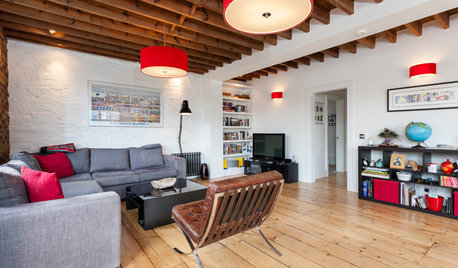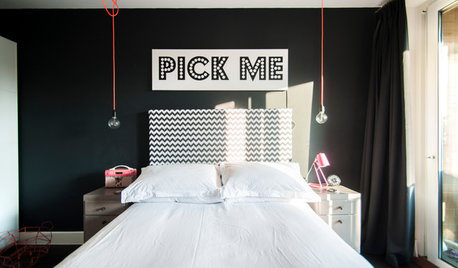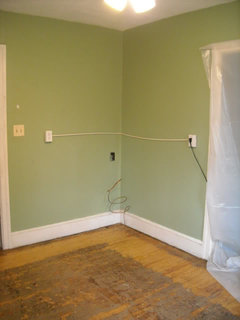What to do? Re. asbestos glue on old wood floor
Gena Hooper
13 years ago
Featured Answer
Sort by:Oldest
Comments (9)
macv
13 years agolittlesmokie
13 years agoRelated Professionals
Baltimore Kitchen & Bathroom Designers · Highland Park Kitchen & Bathroom Designers · Philadelphia Kitchen & Bathroom Designers · Springfield Kitchen & Bathroom Designers · White House Kitchen & Bathroom Designers · Bensenville Kitchen & Bathroom Designers · Fremont Kitchen & Bathroom Remodelers · Ogden Kitchen & Bathroom Remodelers · Oklahoma City Kitchen & Bathroom Remodelers · Pico Rivera Kitchen & Bathroom Remodelers · Placerville Kitchen & Bathroom Remodelers · Port Orange Kitchen & Bathroom Remodelers · Bayshore Gardens Architects & Building Designers · Dania Beach Architects & Building Designers · Pembroke Architects & Building Designersskyedog
13 years agosergeantcuff
13 years agoGena Hooper
13 years agocolumbusguy1
13 years agosnoonyb
13 years agonavi_jen
13 years ago
Related Stories

DIY PROJECTSDiscover the DIY Secret Weapon of Decoupage Glue
With this liquid glue and sealant in your crafting arsenal, you can tackle a variety of home DIY projects in a single bound
Full Story
LOFTSMy Houzz: Ronnie Wood’s Old Art Studio Gets a Makeover
Check out this contemporary update of a former factory flat that survived World War II bombs and use by a member of The Rolling Stones
Full Story
REMODELING GUIDESThe Hidden Problems in Old Houses
Before snatching up an old home, get to know what you’re in for by understanding the potential horrors that lurk below the surface
Full Story
REMODELING GUIDESLaminate Floors: Get the Look of Wood (and More) for Less
See what goes into laminate flooring and why you just might want to choose it
Full Story
REMODELING GUIDESYour Floor: An Introduction to Solid-Plank Wood Floors
Get the Pros and Cons of Oak, Ash, Pine, Maple and Solid Bamboo
Full Story
REMODELING GUIDES10 Signs You’re in the Middle of a Renovation
A renovation project allows you to choose every last detail for your home, but decision making can quickly go from ‘Ooooh’ to ‘Argh!’
Full Story
ORGANIZINGHouzz Call: Show Us How You're Getting Organized
If you’ve found successful ways to declutter and create order at home, we want to hear about it. Share your ideas and photos!
Full Story
REMODELING GUIDESWhen to Use Engineered Wood Floors
See why an engineered wood floor could be your best choice (and no one will know but you)
Full Story

ARCHITECTUREStyle Divide: How to Treat Additions to Old Homes?
One side says re-create the past; the other wants unabashedly modern. Weigh in on additions style here
Full StoryMore Discussions









macv